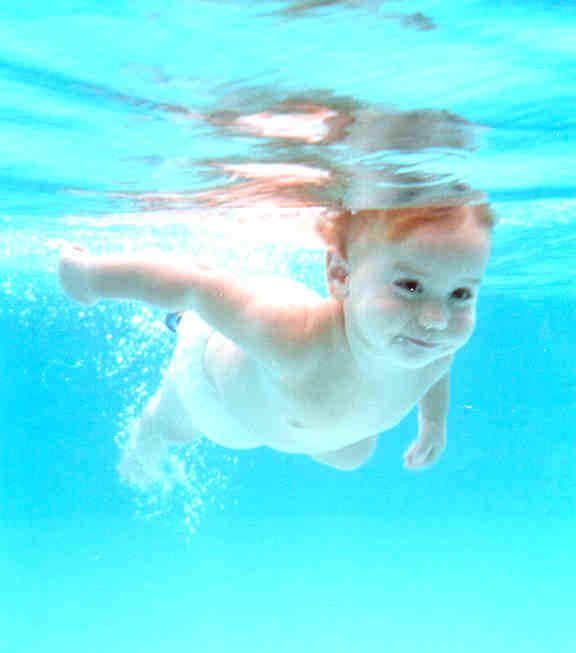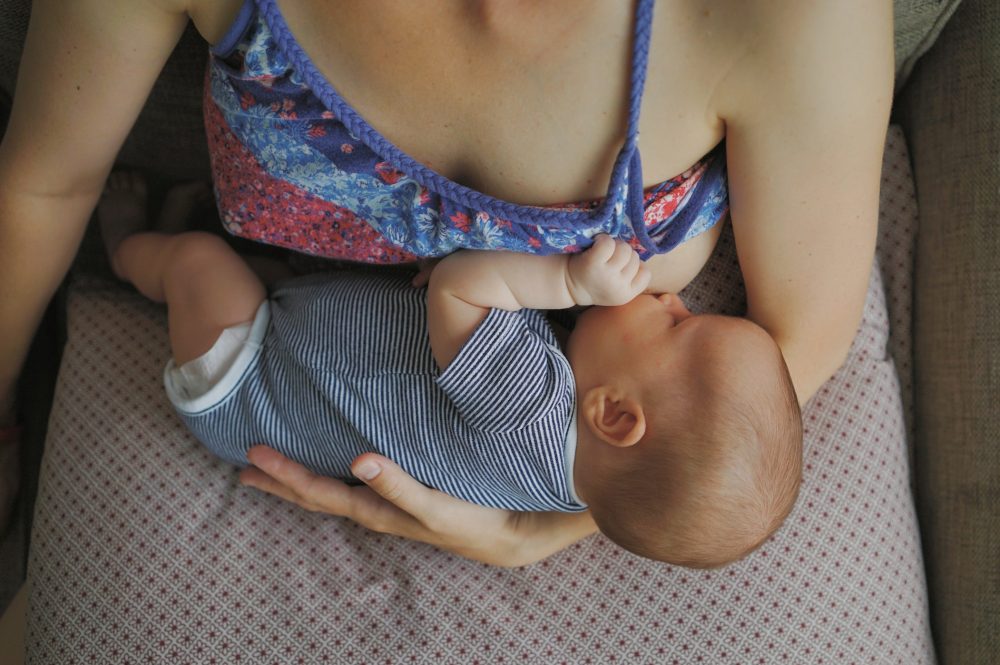At what age can babies learn to swim
When Is a Good Time to Start Swim Lessons?
In the United States, swimming is the most popular recreational activity for children and teenagers and the fourth most popular recreational activity overall. It's also a form of exercise, which is great for heart health and combating childhood obesity. Experts suggest that swimming is even excellent for your mental health.
Swimming is undoubtedly good for you — but at what age should you introduce it to your child? Read on to learn why teaching your child how to swim at an early age is essential, as well as tips for fostering a fun and safe learning experience.
The Best Age to Start Swim Lessons
Studies show that the best time for a child to start learning swim basics is between the ages of 1 and 4. However, infants aged 6 months to 3 years can participate in Parent and Child Lessons at the Y to start enjoying and getting acclimated to the water. These lessons also teach parents crucial water safety skills to better educate and protect your child. If your child is older than 4, don't worry. It's never too late to learn. Ages 4 and up are when kids begin to grasp the techniques of swimming, like floating and swimming to a specific destination.
Enrolling your child in swim lessons between the ages of 6 months and 4 years is the most effective way to help them acclimate to water. This early acclimation will encourage them not to fear swimming as their lessons get more challenging.
Benefits of Learning to Swim at a Young Age
Learning to swim at a young age can be very beneficial for your child's mental and physical development, help keep them safe and build lifelong skills.
These are just a few advantages of teaching your child how to swim early in life.
- It builds a robust foundation for a healthy lifestyle: Swimming keeps kids healthy and exercises key areas of their physical development, including lung and muscle health, flexibility and stamina.
- They'll know what to do if they fall in: Formal swim lessons will teach your child the necessary survival skills they need to stay safe around the water.
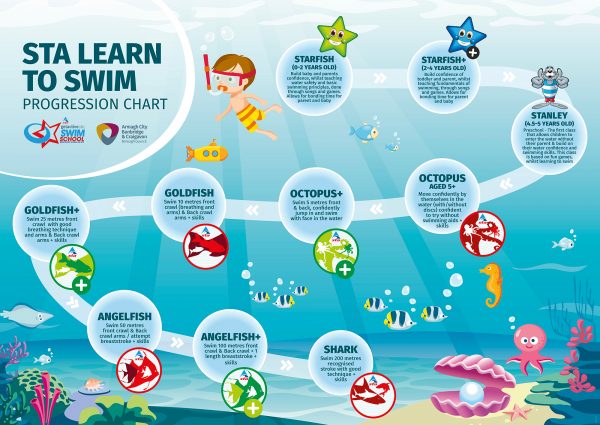
- It builds vital skills: In addition to your child's physical development, swim lessons allow your child to meet other kids their age and practice their social skills. Because they have a shared interest, they might even make some new friends!
- It's a break from screen time: Today, children are spending more time watching screens than ever before. Too much screen time often links to obesity, irregular sleep and behavioral problems. Experts recommend all children under 5 years old engage in less screen time to grow up healthier. Swimming is the ideal opportunity to introduce non-screen activities into your child's routine.
- It could encourage a new interest: When your child learns to swim at a young age, it will encourage them to pursue new things with confidence, and could even spark an interest in other water-related activities like professional swimming, kayaking, diving and more.
What If My Child Doesn't Like It?
If you have started to introduce your child to the pool or enrolled them in swim lessons, only to find they don't enjoy it, don't worry! You can take a few steps to make the experience more enjoyable for both of you, and encourage them to view swimming differently.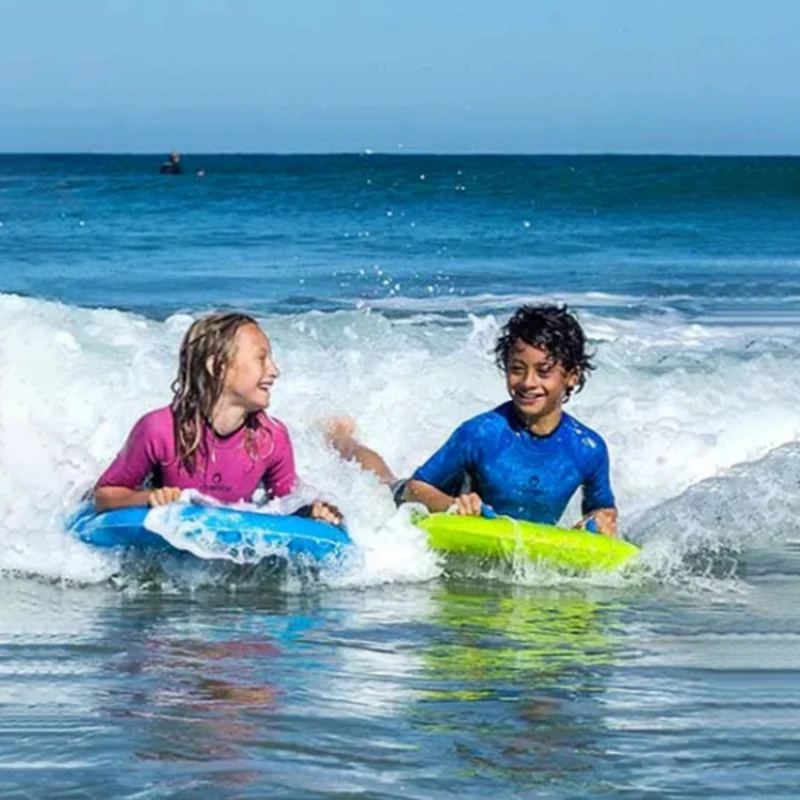
- Start at home: Before opting for a formal swim class or in between lessons, let your child get comfortable with water at home. Bathtime is the perfect opportunity to get them used to the idea of being submerged in the water. Show them how much fun they can have by blowing bubbles or making small splashes.
- Let them watch others swim: If your child is resisting swim lessons because they are afraid or unsure what to expect, let them watch you as you or other children around their same age enjoy the pool. You will help your child begin to see swimming as a fun activity rather than a lesson to learn or an obstacle to overcome.
- Make it fun: Don't let swimming lessons be a source of stress or worry for your child. Implement rewards, goals and activities to make it a fun and exciting time. Pool games are a great motivator and help your child learn how to float, kick and tread water without realizing it. You should also consider using a variety of toys and objects to make swim time more engaging, like pool noodles, goggles and snorkels.

- Establish a routine: Repetition is an essential part of learning any new skill. Incorporate regular swimming lessons into your child's weekly routine. Doing so will give them something to look forward to and provide a chance to continue developing their ability over time.
- Don't force it: If you've tried everything to encourage your child to enjoy swimming and nothing seems to work, it's best to let it go for now. It's possible that, in the future, they will become more curious and want to try again. In the meantime, there are several other ways to help your child stay active and develop social skills.
Tips for Safe Swim Lessons
While enrolling your child in formal swim lessons at a young age can be very beneficial to their social and physical development, it's ultimately your decision. You know what's best for your child. If you've decided to pursue lessons, that's great!
For a safe and enjoyable experience, keep these swimming safety tips in mind:
- Check that the water is at a comfortable temperature — not too hot and not too cold.

- Teach your child how to use flotation devices, including throw rings, so they know how to respond in an emergency.
- Enroll your child in formal swim lessons. Working one-on-one with your child is a good way to make them more comfortable with swimming, but lifeguards are trained professionals and equipped to handle lessons safely and effectively.
- Choose your child's swim lessons carefully. Classes should be small, focused and led by a certified instructor. Keep in mind that not every program is suitable for all children. If your child isn't enjoying or benefiting from swim lessons, search other local options.
- When your child is swimming outside their formal lessons, monitor them at all times. Know how to recognize signs of stress in the water and consider taking an emergency CPR class.
- If your child is just starting, practice in a supervised pool before moving on to more unpredictable bodies of water, like a lake or ocean.
Learn More About Swimming Lessons at the Y
A trained, caring instructor leads every swimming lesson at a Gateway Region YMCA.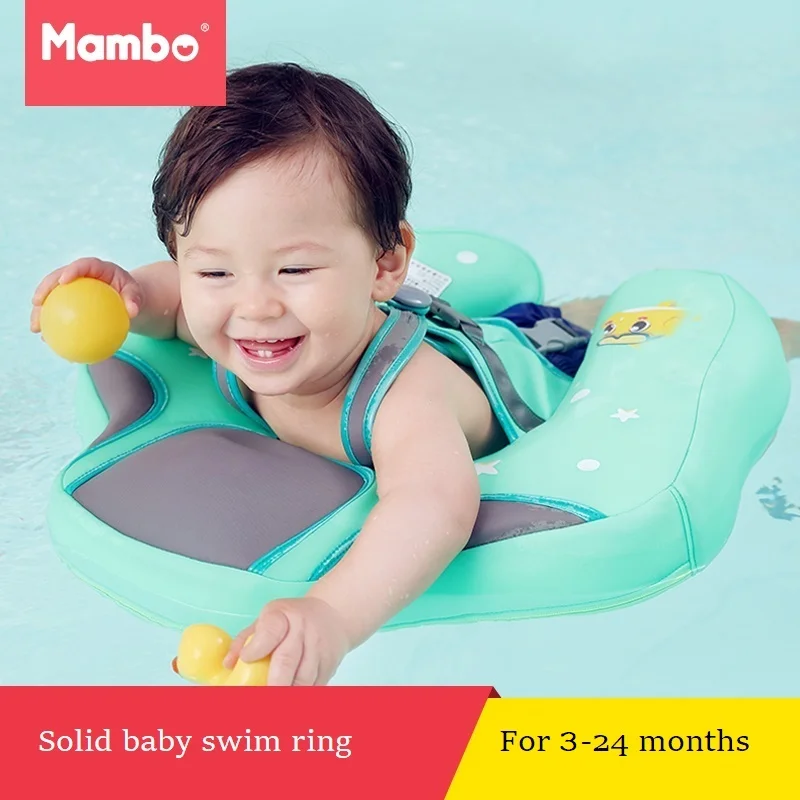 Our teachers emphasize water safety skills and focus on conquering milestones based on your child's experience and progress. Lifeguards conduct lessons in private, semi-private or small class environments, so each child receives the level of attention and guidance they need. With the Gateway Region YMCA SwimWins communication tool, you'll also enjoy staying informed about every part of your child's swim journey. If you prefer a more hands-on approach, you could also consider a parent-and-child swim lesson to create lasting memories together.
Our teachers emphasize water safety skills and focus on conquering milestones based on your child's experience and progress. Lifeguards conduct lessons in private, semi-private or small class environments, so each child receives the level of attention and guidance they need. With the Gateway Region YMCA SwimWins communication tool, you'll also enjoy staying informed about every part of your child's swim journey. If you prefer a more hands-on approach, you could also consider a parent-and-child swim lesson to create lasting memories together.
To learn more, visit us online or find a Y near you!
5 Reasons to Start your Baby Swimming Before Age 1
Even though your baby can’t walk yet, he or she can certainly start learning swim skills! At Goldfish Swim School, our trained instructors use integrity, compassion and trust to teach kids ages 4 months and older swim skills that will stay with them for life, using a specialized curriculum. You’ll find some additional benefits to jumping into lessons now, like these 5 Reasons to Start your Baby Swimming Before Age 1.
1. Its Natural
You may be surprised at how naturally babies take to water (after all, they were quite the little swimmers before you met them) — so it is only fitting that you immerse them in water to keep them used to it. The sooner you introduce your baby to the water, the easier it is for them to enjoy and celebrate the environment. Once they get a little bit older, toddlers may enter phases where fear (of many things) is more prevalent. So, by having swimming as a natural environment early on, they will not have any new feelings to become adjusted to when they start learning to swim.
2. Bathtub fun
Maybe you’ve heard about the parents who struggle with bath time, or maybe you hate when your little one becomes agitated with water being poured over his or her head. Want an easy fix? Sign up your baby for swim lessons! At Goldfish Swim School, lessons teach babies that being in the water is fun — which translates to having a GOLDEN experience in all water, including in the tub.
3. Showers with Baby
Moms (and dads) may often find that taking a shower becomes nearly impossible when there’s a new baby — because when there’s a window of opportunity, say, when baby naps, you have to decide which is more important: Sleep or a shower? Usually sleep wins, right?! But when your baby is accustomed to the water, you can bring your little bundle of joy into the shower with you (provided you’re using proper safety precautions). Use shower time as time for both of you to get clean, then you can both nap at the same time. Two birds; one stone.
4. Enjoy the Beach
Just because your little one isn’t walking doesn’t mean you can’t enjoy the water when you’re at the beach. Sure, you’ll have to make sure your baby is properly protected from the sun, but it’s definitely more fun to be splashing in the water than trying to stop all those tiny pieces of sand from continually making its way into your baby’s mouth. Because you’ve had your little goldfish in swim lessons and you’ve seen some extraordinary results, you won’t have to worry that he or she doesn’t know what to do in the water and you can enjoy the splashing and feel of the refreshing water.
5. Playing in the Pool
It can be a funny sensation for a baby to have their legs dangling in the pool with nothing to stand on, or just being wet in a pool — if they haven’t been introduced to it previously. When your baby is in swim lessons and looks forward to playing in the water, you get to enjoy the water, too! No more sitting on the sidelines looking longingly to the pool: You can bring your baby in there. And babies who aren’t even one yet can learn how to go under water. Pretty fascinating, isn’t it?
Babies as young as 4 months old can start to become acclimated to the water with their parents. At this age, a baby is mostly learning to get comfortable in the water to lay a foundation for future learning and enjoyment. Starting to learn the basics of water safety with a parent’s supervision can also begin at this age.
Goldfish Swim School
Register your baby for swim classes at Goldfish Swim School with their WOW customer service and start enjoying all the benefits those lessons have to offer!
#CELEBRATE the 2022 GSS Core Value Award Winners!
After nearly two years apart, the much-anticipated 2022 Goldfish Owners’ Celebration was the perfect opportunity for our owners, vendor partners, and Franchise Team to dive back into sharing best practices and impactful mission stories, networking with . ..
..
Read More
Celebrating & Prioritizing Mental Health
As we approach World Mental Health Day on October 10th , the Goldfish Team is taking a moment to reflect on and acknowledge the importance of good mental health. Mental health, like all things, requires maintenance. We take care of our homes with regular ...
Read More
Goldfish 101: Swim Force
At Goldfish, our Perpetual Lessons Model allows kiddos to progress through swim lesson levels at their own pace. They start at the level that matches their swim skills and work through that level, mastering their skills and moving up when they’re ready. ...
Read More
When and how to teach a child to swim?
You came to the sea or to the river in the village, laid out a towel on the beach, and your child looks enviously at his peers who are splashing in the water, because he cannot swim? Or, on the contrary, are you trying with all your might to shove the baby in for a swim, but he doesn’t, says he’s afraid? It seems like an adult already, it's time to learn! Or maybe it's better to leave him alone, everything has its time?
When it's time to teach a child to swim and what needs to be done so that these lessons are not a burden for him, but a pleasure. At the height of the summer season, the editors of Tlum.Ru decided to answer all these "water" questions. Here are the advice of doctors and the opinions of experienced mothers who have already taught their babies to stay afloat.
At the height of the summer season, the editors of Tlum.Ru decided to answer all these "water" questions. Here are the advice of doctors and the opinions of experienced mothers who have already taught their babies to stay afloat.
Should babies and toddlers swim?
To begin with, it is worth saying that the truth is "everything has its time." Teaching a child to stay on the water from infancy, as is now popular, is not always correct, and sometimes even harmful. Doctors advise up to 4 years to give the child the right to just swim without teaching him any techniques. Let him enter the water shallowly, splash with water and get used to this element. So he will learn not to be afraid of water, he will understand that nothing bad will happen if it gets into his eyes, nose or ears, he will swallow a little and in general he will be ready for learning.
At this time, you can teach the child to lower his face into the water, exhale into it, push off from the parent with his legs, lie on the water. You can put glasses on your child and send him to study objects at the bottom. You should not let him go free swimming, it is better to tow the child by the handles on the surface.
You can put glasses on your child and send him to study objects at the bottom. You should not let him go free swimming, it is better to tow the child by the handles on the surface.
As for the sea, if your baby no longer tries to swallow water and enjoys swimming, all the same procedures can be done there from a very early age. The only recommendation is that the water should be above 24 degrees. If the water temperature is lower, then only short immersions in the water in an embrace are suitable for you so that the child does not freeze.
Parents' opinion:
“We have been swimming since a month, the child is delighted. First, with an instructor, a few lessons, as soon as I learned to hold my breath and dive well, we were moved to a large pool, where I already work with him myself.
“We started swimming at the age… it was 10-11 months old, I don’t remember well) the first two lessons I cried, it was cold for him, I bought a suit… Now you can’t pull it out of the pool by the ears… it’s already the third year))”.
THE BEST CARTOONS ABOUT THE SEA
“We’ve been swimming in the sea for two, but I don’t know how it happened) Somehow I took it and swam, we just were given a diva))) and since then somehow with arms and legs He’s been trying for a year now, we’re thinking of giving him to the pool, he really likes it!!”
“At 3 years old, a child can (and should!) be taught, if not to swim, then to hold his breath in the water. This is a vital skill, since in sleeves and in a circle and in a boat you can turn your face into the water, and the child should not be frightened, not confused, but simply hold his breath. Therefore, I advise you not to put a circle on the child right away, but first to play "hide and seek" in the water, learn to dive and hold your breath and get used to the large volume of water and space.
Teaching a child to swim
After the age of 4, you can begin to slowly teach your child to swim. All experts recommend doing this in a suitable pool where the water is no higher than the bottom of your baby's chest. The length of the pool must be at least five meters. You should start with "asterisks", "floats" and "arrows".
All experts recommend doing this in a suitable pool where the water is no higher than the bottom of your baby's chest. The length of the pool must be at least five meters. You should start with "asterisks", "floats" and "arrows".
"Asterisk" - the child lies on the water, legs and arms spread out to the sides. "Float" - the child wraps his arms around his knees, lowers his head to his knees and hangs on the surface of the water. "Arrow" - the child pushes off the side of the pool and slides, stretching his arms and legs along the surface of the water.
POPULAR RESORTS OF 2017
You need to teach your baby to breathe correctly. A quick inhale through the mouth, a long exhale through the nose and nothing else. It is best to exhale into the water. In no case should you hold your breath while swimming. These exercises will not only help the child to swim correctly, but also strengthen his immunity and increase endurance.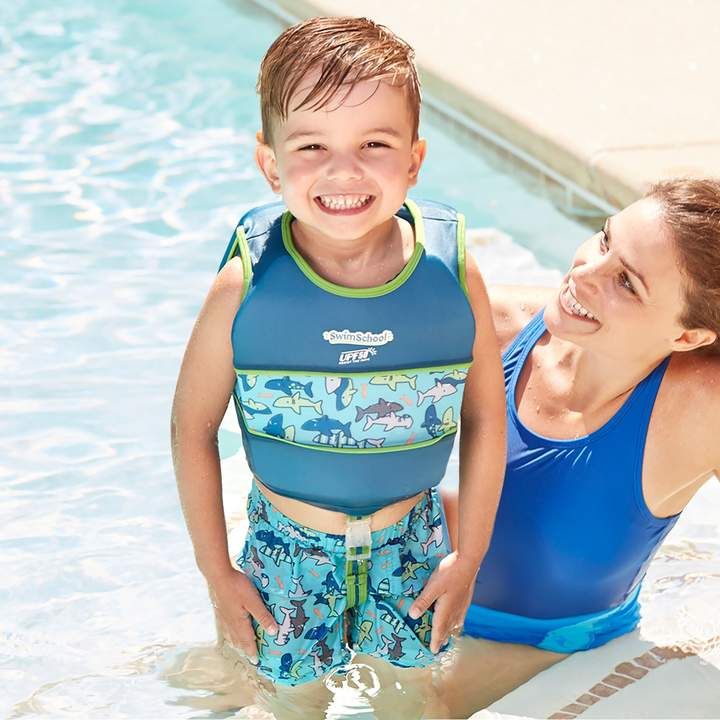
When it comes to swimming movements, you should first learn to glide. Then work is added to it with the feet, then with the hands, then inhale-exhale. You need to move slowly and continuously, without straining individual muscles. You can also work on the technique on land.
Of course, you must be close to your child during the whole course and not leave him alone. Having lost sight of the parents, the baby may become confused, panic and go to the bottom. Therefore, try to always be in sight during the first swims or, if you are swimming for insurance a little behind, constantly let us know by voice that you are nearby.
Parents' opinion:
“He will learn by himself. My son is 12. From the age of 6 he floundered in the summer in the river in the country. Rowing the bottom with my hands. After 2 weeks I look, and he swims. Last summer we bought him fins, a mask, a snorkel – he dives and swims like Ichthyander.”
“Cut out a board from the foam to hold onto it or sew a belt in this way. or buy ready-made. but my opinion is to study in the pool, they will explain what if what!
or buy ready-made. but my opinion is to study in the pool, they will explain what if what!
8 SUMMER CAMPS FOR ACTIVE CHILDREN
“We put on the armlets and gradually (during 2-3 months) blew them off. True, every day in the pool a couple of times. Learned. He moves his arms in a breaststroke, and his legs in a crawl. But he began to swim very quickly. Then they hired a coach who, in 3 lessons, taught him to swim breaststroke perfectly (so far) and dive properly. We started it all at 4.5 years old.”
“I taught mine at sea when I was 5 years old. Without armlets, without anything, but under supervision and only from mom to dad, you increase the distance and, lo and behold, a fish is swimming)”.
Basic mistakes
The first mistake is sleeves, circles, vests, flippers and other means of helping the child. For training, only a swimming board is suitable for you and that's it.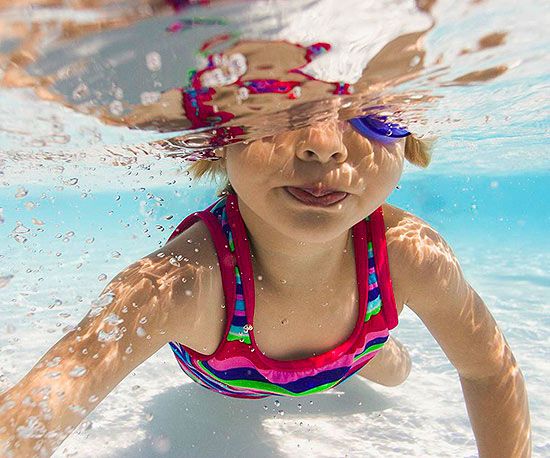 All of the above means hinder learning and reinforce harmful vertical skills. When swimming in armlets, the child gets used to holding his head vertically above the water, relying on his armpits, which means he does not feel his body and cannot learn to swim on his own.
All of the above means hinder learning and reinforce harmful vertical skills. When swimming in armlets, the child gets used to holding his head vertically above the water, relying on his armpits, which means he does not feel his body and cannot learn to swim on his own.
For those who still use armlets, experts recommend gradually removing air from them so that the baby begins to feel his weight and position on the water. The swim ring also keeps the child upright in the water, and flippers spoil the kicking technique.
ON THE PLANE WITH THE CHILD: BASIC RULES
The second mistake is to teach the child to swim on his stomach at the very beginning. You should start by swimming on your back, so the child will not be afraid that water will get into his nose or mouth. The baby can be supported by the head, the stomach can be lifted up to reach a horizontal position.
The third mistake is ignoring children's fears.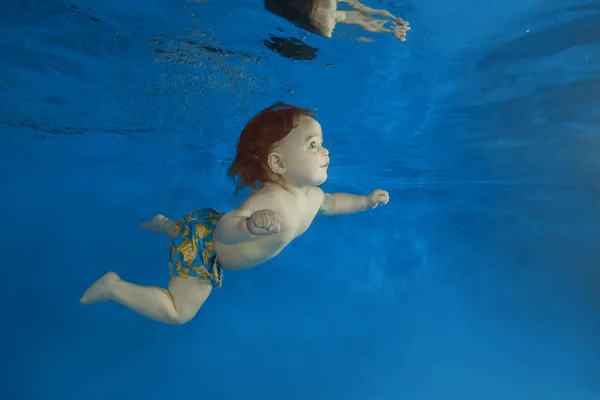 Parents say: “Oh, what is there to be afraid of, it’s not deep right there. Enough already, go swim!”. But what seems easy for you, for a child, is a real test that you need to decide on. Children's fear cannot be ignored, but it can be deceived. Start with swimming, splashing, playing in shallow water, the child should get used to it and only then will he want to try to swim.
Parents say: “Oh, what is there to be afraid of, it’s not deep right there. Enough already, go swim!”. But what seems easy for you, for a child, is a real test that you need to decide on. Children's fear cannot be ignored, but it can be deceived. Start with swimming, splashing, playing in shallow water, the child should get used to it and only then will he want to try to swim.
Parents’ opinion:
“Stop wearing a vest, it keeps it in an unnatural position on the water, it’s like standing in the water, but it should lie on your stomach or back, in this sense, armlets are better than what he himself needs keep the body in the right position in the water, and the armlets just don’t let you go under the water.”
“Yes, he will learn what to teach there))) let him look at others and repeat, like a dog first, then on the back, with a bater there, with all sorts of strokes. Small ones don’t need to swim at all, from the age of 7-8, when interest in this appears, they themselves are already learning.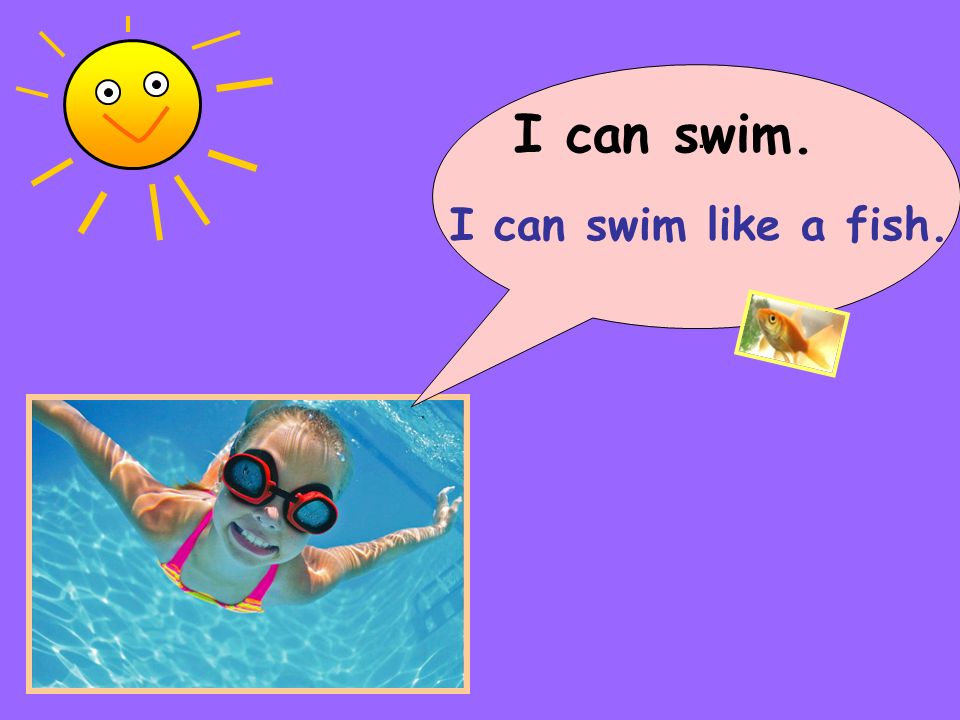 ”
”
OWN TRAVELER
“Despite the fact that the child was swimming in the pool regularly, up to 5 years in the sea only in a vest or next to his parents. For some reason, I don't trust sleeves. If someone suddenly pushes into the sea in the game, they want to "sink" - as children sometimes play, a vest is better here. And if the child is a lover of calm swimming, then armlets.
The circle is nothing at all, you can fall out of it once or twice.
“My first was afraid to swim, I didn’t care, but my husband insisted, in the end I threw him in the middle of the river from the boat. No, the son swam, swam to the boat, climbed in, but he didn’t approach either the water or the husband for another month))))”.
!vote|44!
Interesting materials:
At what age should a girl start wearing a swimsuit?
5 ways to keep your child busy on the beach
At what age can a child start swimming?
It not only increases the stamina of the body, but also develops strength of mind.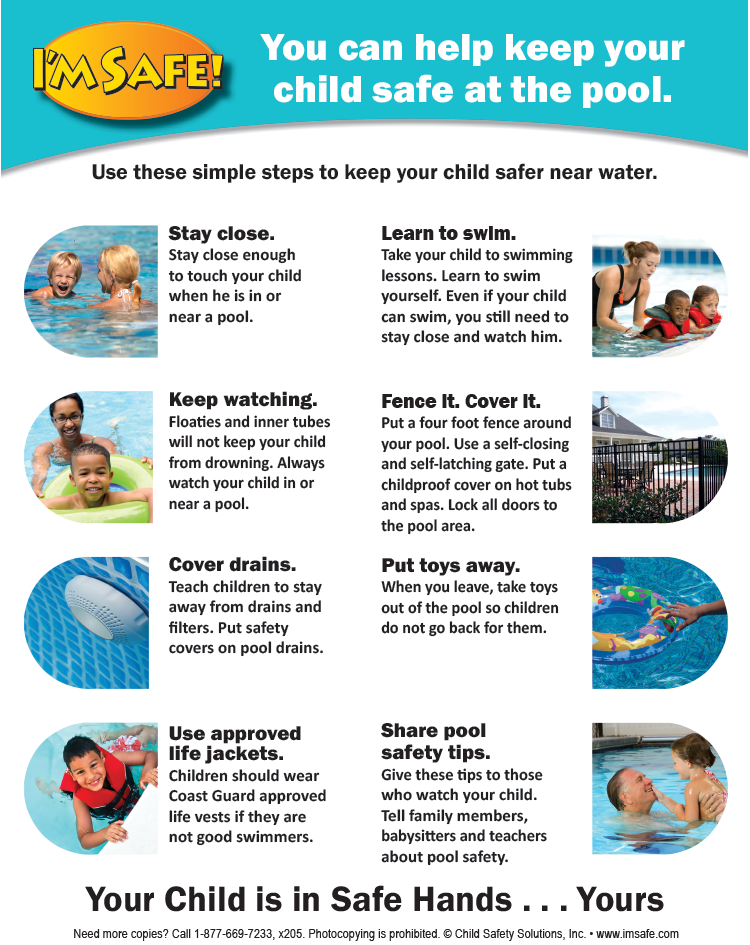 Swimming is undoubtedly beneficial for children, as it promotes both growth and the correct formation of posture, because during training all muscle groups are involved, which naturally has a very beneficial effect.
Swimming is undoubtedly beneficial for children, as it promotes both growth and the correct formation of posture, because during training all muscle groups are involved, which naturally has a very beneficial effect.
Swimming lessons for children from 2 to 5 years old
Lessons in the pool for small children up to 3 years old are always held individually. During such training, the child will be in constant contact with the instructor. With the help of such activities, it will be possible to accustom the child to being in the pool, since many children at this age, to varying degrees, are afraid of water. In the process of training, fears will pass and health will be significantly strengthened. It is worth remembering that classes, especially at such a young age, should be regular, since breaks of a month or more lead to the inevitable loss of skills. However, the positive attitude of the child to water will already be formed, which is important in itself.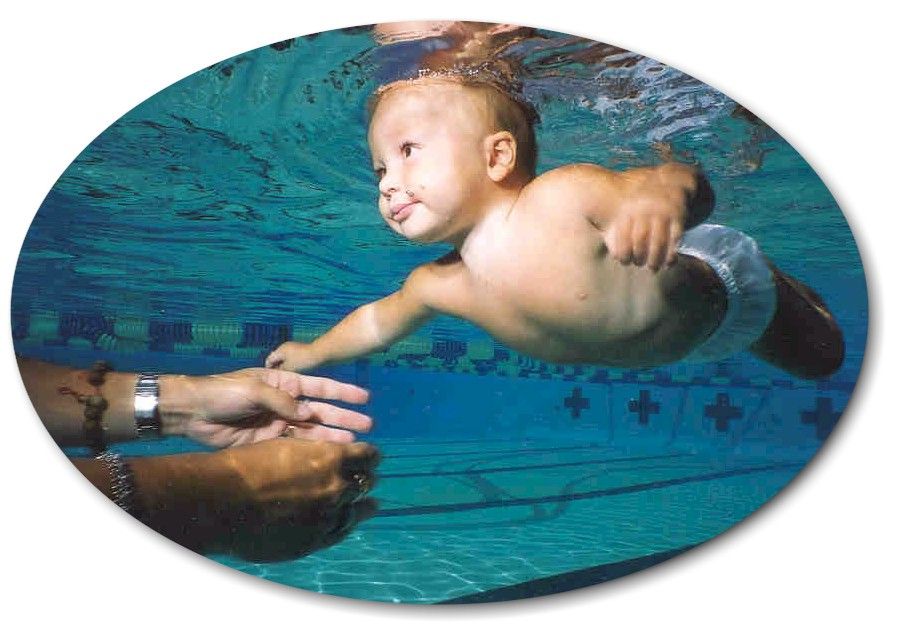
Most swimming coaches believe that a child should start playing this sport at an early age - from the age of three. At this time, the baby's posture continues to form and the pool will provide invaluable benefits to the spine. It is worth noting that the pool for children from 3 years old is just a pleasant pastime, since at this age it will not be possible to start swimming professionally. Since swimming is an intense sport, experts recommend attending training during this period no more than twice a week.
At this age, while in the pool, children use special sports equipment that helps them to better stay on the water and master basic skills.
Swimming lessons for preschoolers aged 5 and over
Swimming classes for children aged 5 and over will help grow a real champion, since it is at this age that children are accepted into professional sections. The child is now just beginning to understand that this is not just entertainment, but a serious sport.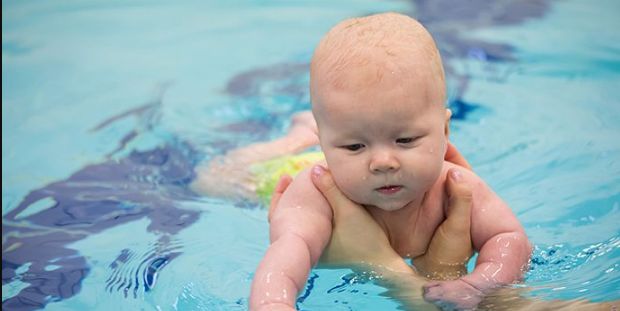 And if the child himself wants to engage in the sports section and participate in competitions, then it's time to bring him to the pool. The number of lessons in the pool for children 5 years old should gradually increase from twice a week to five. In order for a young swimmer to be able to perform intense physical exercises, parents must understand that he must be provided with a complete balanced diet.
And if the child himself wants to engage in the sports section and participate in competitions, then it's time to bring him to the pool. The number of lessons in the pool for children 5 years old should gradually increase from twice a week to five. In order for a young swimmer to be able to perform intense physical exercises, parents must understand that he must be provided with a complete balanced diet.
5 years is the age when a child can also be sent to learn to swim from scratch. The swimming school provides classes both in a group (as a rule, according to the level of training) and individual training. The child is under the constant supervision of the coach - the groups are formed small so that all swimmers have enough time and attention. Children who start learning to swim at this age quickly catch up with those who start learning at 2-3 years old.
Swimming lessons for children aged 7 to 9years
Along with the first classes in a general education school, the child can also easily start swimming.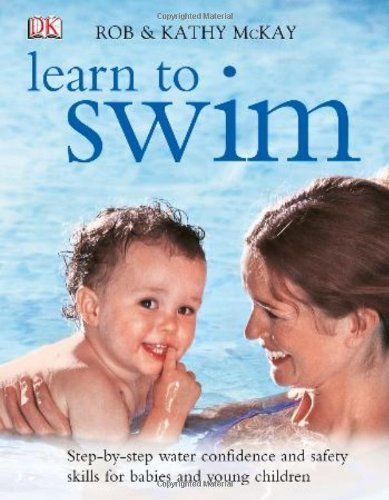 Accordingly, from the second grade and older. At this time, he becomes more disciplined, which makes it easier for him to go to the pool. If effort is also applied to this quality, then the child easily compares the tasks of the coach with the tasks of school teachers and quickly moves towards tangible results.
Accordingly, from the second grade and older. At this time, he becomes more disciplined, which makes it easier for him to go to the pool. If effort is also applied to this quality, then the child easily compares the tasks of the coach with the tasks of school teachers and quickly moves towards tangible results.
Additional equipment at this time is usually not provided, but it all depends on the level of training of the child and is decided individually by the coach.
The advantage of swimming in the pool from this age is that children begin to absorb information better. They can listen more carefully to the theoretical part of the classes without being distracted from the instructor, which will improve both the quality of training and the progression in learning.
Swimming pool for children 9 to 12 years old
-12 years. The instructor complicates the teaching methods, developing the child's endurance and focusing on honing the techniques of swimming styles, which contributes to the expansion of the young swimmer's theoretical knowledge along with skills in this sport.